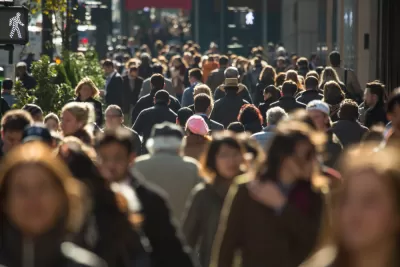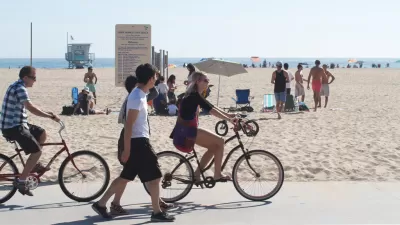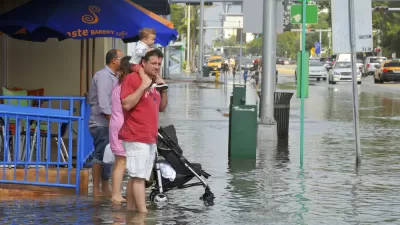The pandemic has added increased mortality to decreasing birth rates and decreasing international immigration.

"According to the U.S. Census Bureau’s Vintage 2021 national and state population estimates and components of change released today, the population of the United States grew in the past year by 392,665, or 0.1%, the lowest rate since the nation’s founding," according to a press release from the U.S. Census Bureau published today.
"The slow rate of growth can be attributed to decreased net international migration, decreased fertility, and increased mortality due in part to the COVID-19 pandemic," adds the press release.
Among the firsts recorded in this data release: "This is the first time that net international migration (the difference between the number of people moving into the country and out of the country) has exceeded natural increase for a given year."
The South region, one of four regions considered by the dominates the population news. The South is the most populous of the four U.S. Census regions and the only region with a positive net domestic migration of 657,682 between 2020 and 2021.
Other big trends to be found in the new data:
- The largest net domestic migration gains were in Florida (220,890), Texas (170,307) and Arizona (93,026).
- Twenty-five states experienced natural decrease in 2021, where there were more deaths than births. This was attributed to further decreases in fertility combined with increased mortality.
- In 2021, 20 states and the District of Columbia lost residents via net domestic migration. Largest domestic migration losses were in California (-367,299), New York (-352,185) and Illinois (-122,460).
For more insight into the new data, the Associated Press reported the news of the Census data, positioning the news about the nation's unprecedented slow growth in the first sentence.
FULL STORY: New Vintage 2021 Population Estimates Available for the Nation, States and Puerto Rico

Alabama: Trump Terminates Settlements for Black Communities Harmed By Raw Sewage
Trump deemed the landmark civil rights agreement “illegal DEI and environmental justice policy.”

Planetizen Federal Action Tracker
A weekly monitor of how Trump’s orders and actions are impacting planners and planning in America.

The 120 Year Old Tiny Home Villages That Sheltered San Francisco’s Earthquake Refugees
More than a century ago, San Francisco mobilized to house thousands of residents displaced by the 1906 earthquake. Could their strategy offer a model for the present?

Ken Jennings Launches Transit Web Series
The Jeopardy champ wants you to ride public transit.

BLM To Rescind Public Lands Rule
The change will downgrade conservation, once again putting federal land at risk for mining and other extractive uses.

Indy Neighborhood Group Builds Temporary Multi-Use Path
Community members, aided in part by funding from the city, repurposed a vehicle lane to create a protected bike and pedestrian path for the summer season.
Urban Design for Planners 1: Software Tools
This six-course series explores essential urban design concepts using open source software and equips planners with the tools they need to participate fully in the urban design process.
Planning for Universal Design
Learn the tools for implementing Universal Design in planning regulations.
Clanton & Associates, Inc.
Jessamine County Fiscal Court
Institute for Housing and Urban Development Studies (IHS)
City of Grandview
Harvard GSD Executive Education
Toledo-Lucas County Plan Commissions
Salt Lake City
NYU Wagner Graduate School of Public Service




























